Medium Format fashion Posted On 23rd June 2022 To Magazine & Stories

Distractions To A Minimum
Whether I’m taking pictures of friends, my dogs, travel, a model, or a movie star, my goal is to make the process as simple as possible, and to keep my distractions to a minimum. While on set of a campaign shoot a few weeks ago, I was having a conversation with the talent, and he asked me how I got into photography. A question I’ve been asked before but never really gave serious thought to.
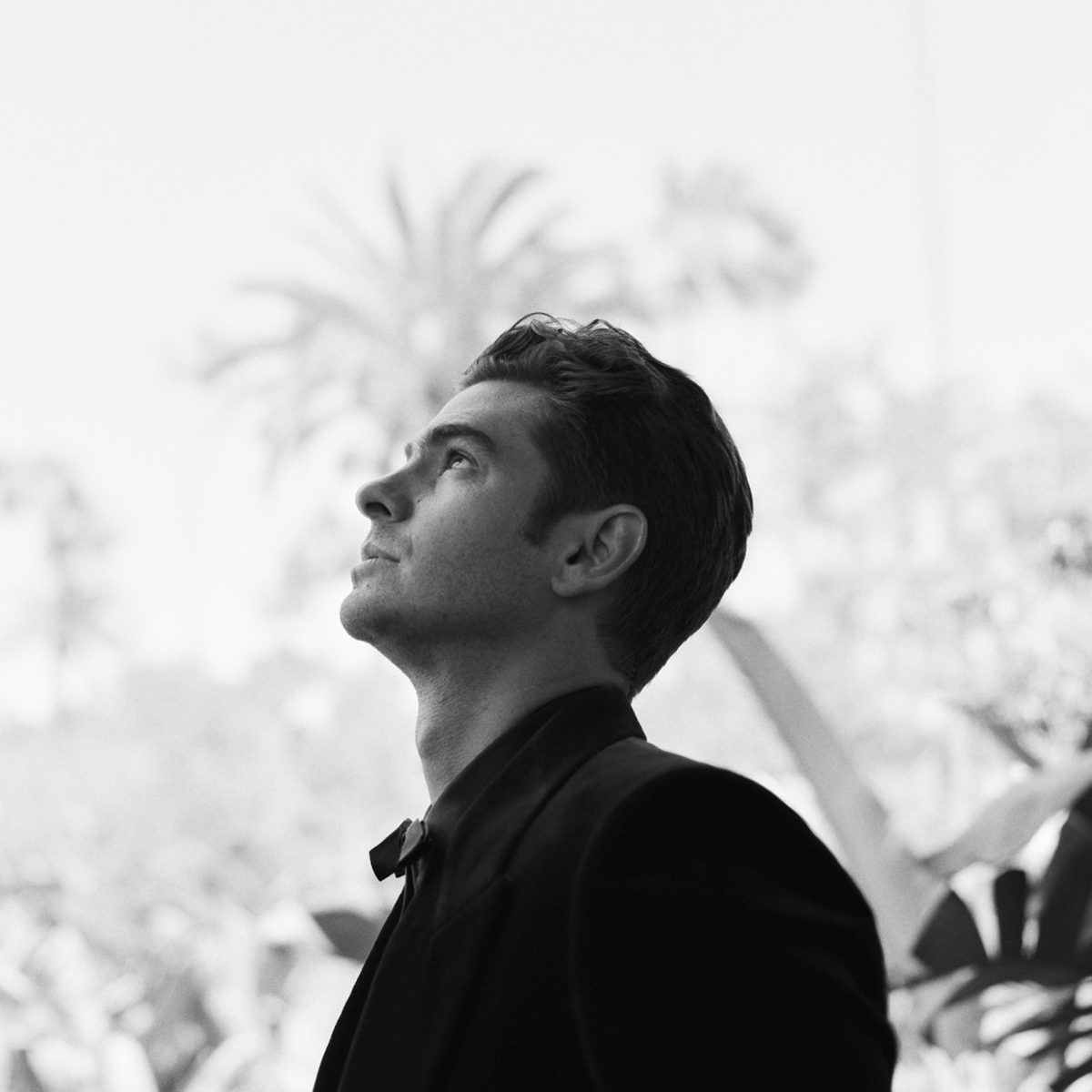
Andrew Garfield. Vanity Fair - Oscars - Beverly Hills.
First Meaningful Interaction
I suppose my first meaningful interaction with photography came from the weekly newspaper of my hometown of Chester, Vermont. The photographer for the paper, Wes Johnson, came to my class to teach us about photography. He handed out loaner cameras, explained ISO, F-stops, and shutter speeds, and we spent the rest of the day roaming around town taking pictures. If you saw something interesting, you took a picture of it. I didn’t know a lot back then, but I knew immediately that I saw things differently. And I don’t mean that in some abstract or metaphorical way—I mean it in the most literal way possible. Most of my classmates congregated together and shot variations of the same thing. I remember being corralled by teachers as I tried to peel off from the group and shoot what I was seeing.
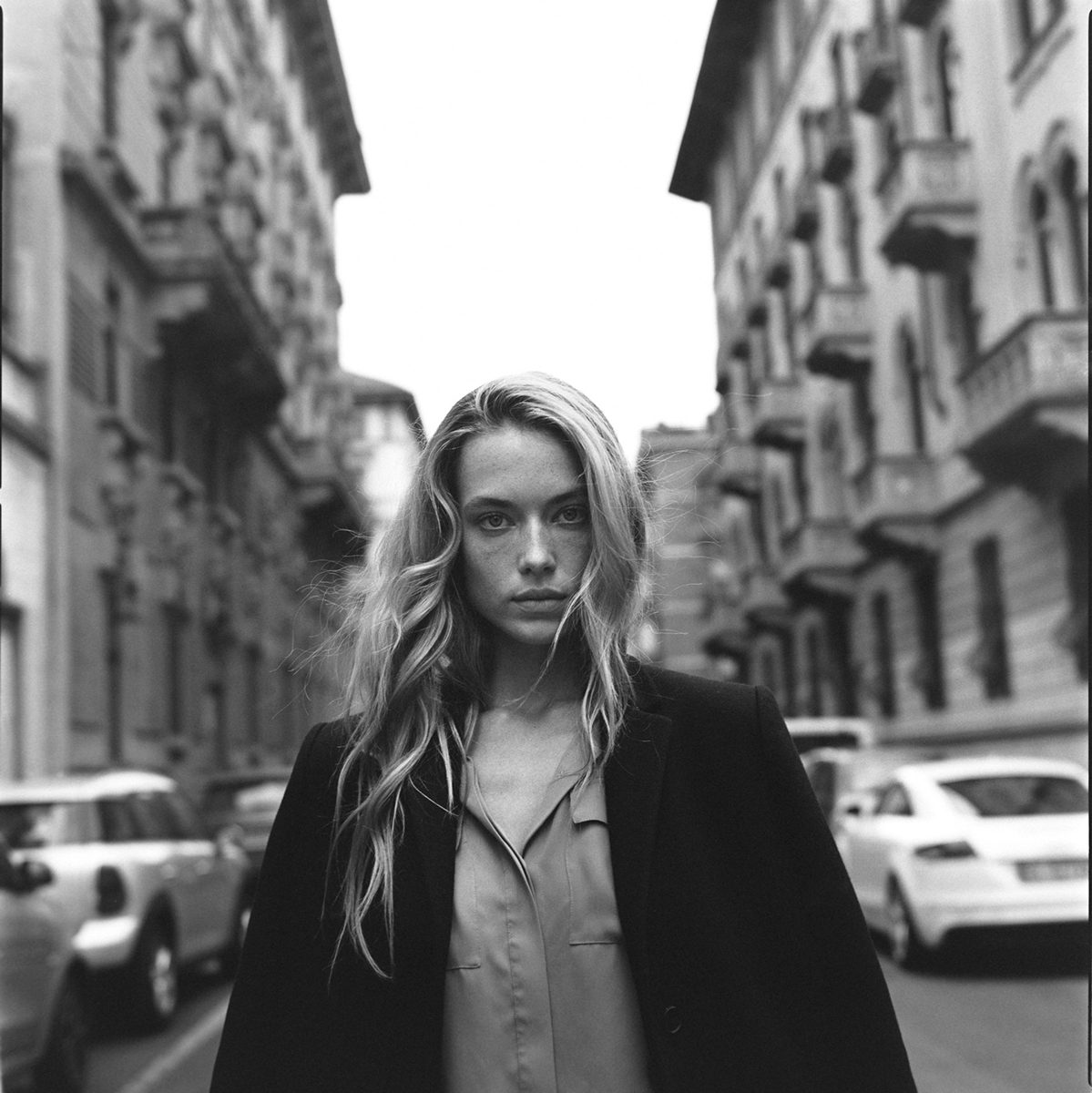
Hannah Ferguson. CR Fashion Book - Milan
Combing Through Our Contact Sheets
About a week later, the photographer came back with developed film and we spent the rest of the afternoon combing through our contact sheets. I don’t think we had any concept of what constituted a “good” or “bad” photograph. We picked our favorites and Johnson circled them on the contact sheets, then he went back to his dark room and made prints for us. A week after that he showed up with the prints. We all discussed them as a class and, at the end of the day, Wes said he was going to select a photograph to go on the cover of the local paper for the following week’s edition. He chose mine.
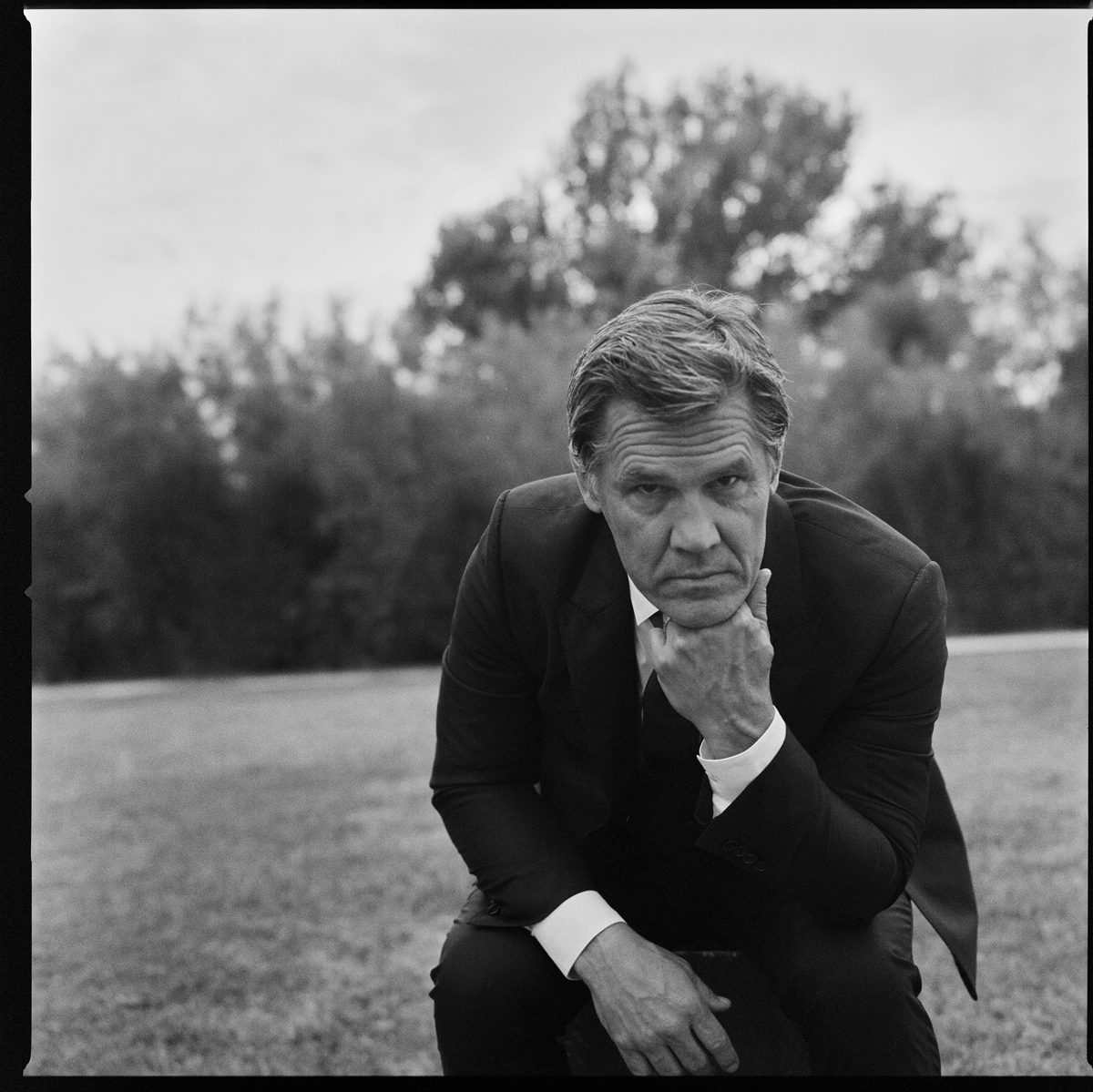
Josh Brolin. Dune Premier - Venice, Italy
Personal Work
At that point, photography seemed fun—and simple. Most importantly, I fell in love with it and I never stopped taking pictures. I’ve had a camera with me for the last thirty years. That said, my answer to the talent’s question was that I’ve always been shooting, for just about as long as I can remember. And my style and method hasn’t really changed. Recently, I was asked by a magazine editor for a portfolio of my “personal work.” I was off-put by the request because I’ve never had much use for distinguishing between “personal” or “commercial.” Photography—especially portrait photography—is an inherently personal craft. You look through the viewfinder at your subject, they stare back, and you make an emotional connection with that person. I don’t know what could be more personal than that.
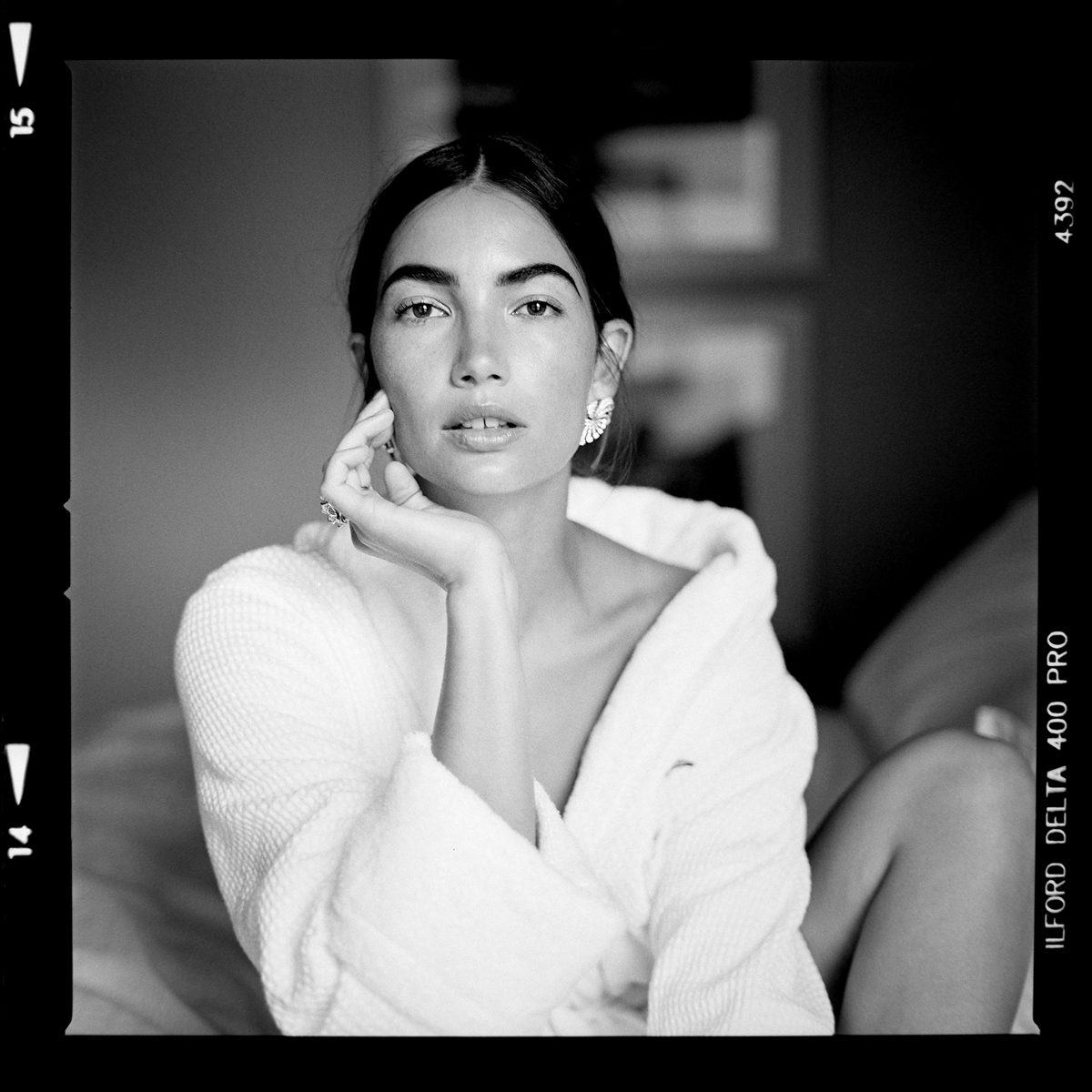
Lily Aldridge. Met Gala. New-York
Perfection Is Unattainable
In this way, the business of photography can be frustrating. Three years ago, I reached a point I never thought I’d come to. I was ready to quit the business altogether. The landscape was changing, and the grind was starting to wear me down. I had been hired to work on what I thought would be my last job and, as always, I made a conscious effort to trust my gut, my own process, and to simplify the technical workflow. I used only available light, and I shot most of the job on medium format film. Shooting on film is fundamental to my process. It’s how I grew up; it’s where I feel comfortable, where mistakes are welcomed and perfection is unattainable.
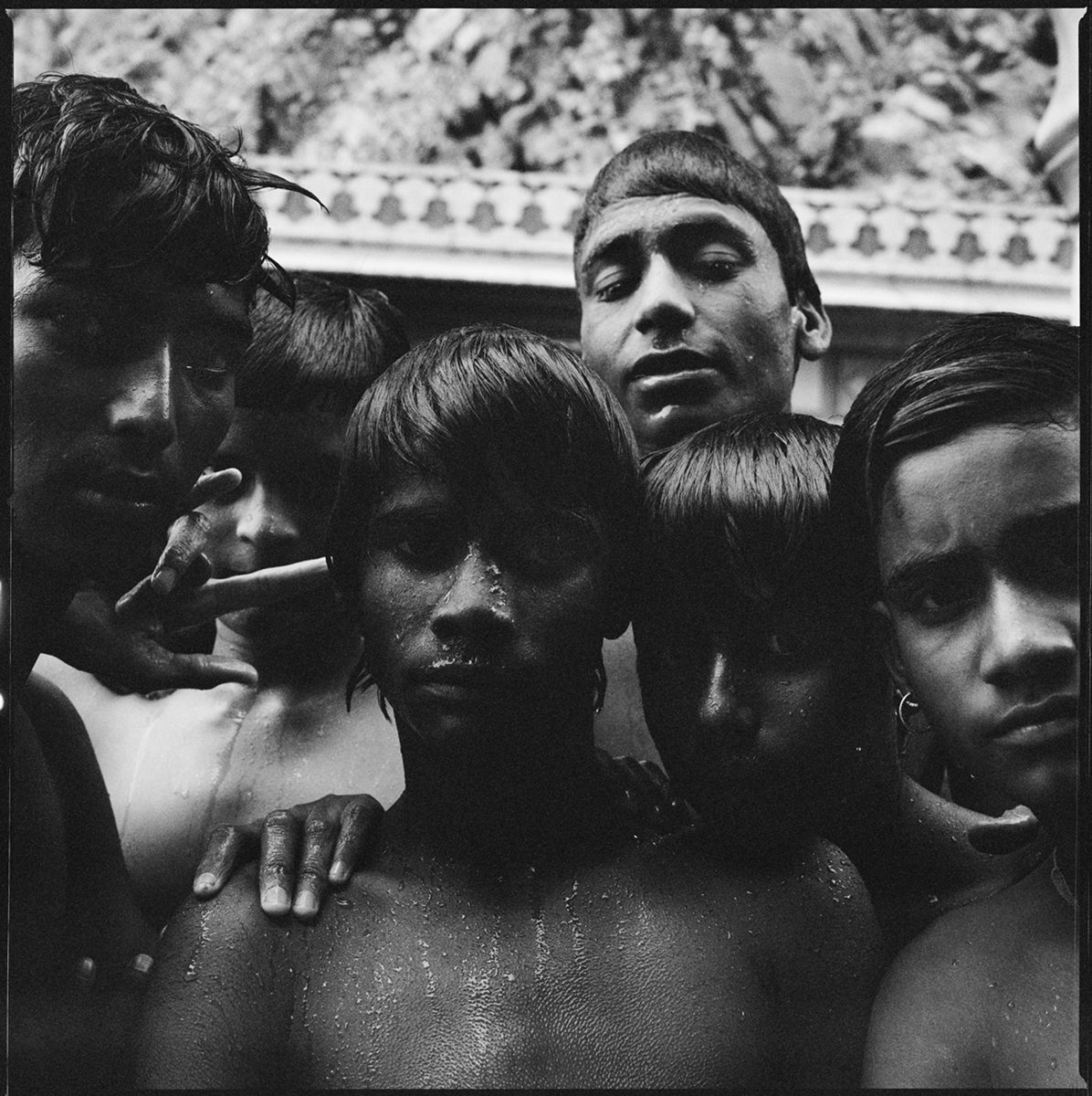
Boys bathing at Galtaji
Caught A Special Moment
When the images from that shoot came out, everything changed. In no small measure, this was due to the subject, Timothée Chalamet, and the stylist, Virgil Abloh, but also because of the simplicity and beauty of the film images. We caught a special moment that breathed new life into my practice by reminding me exactly why I started in the first place.
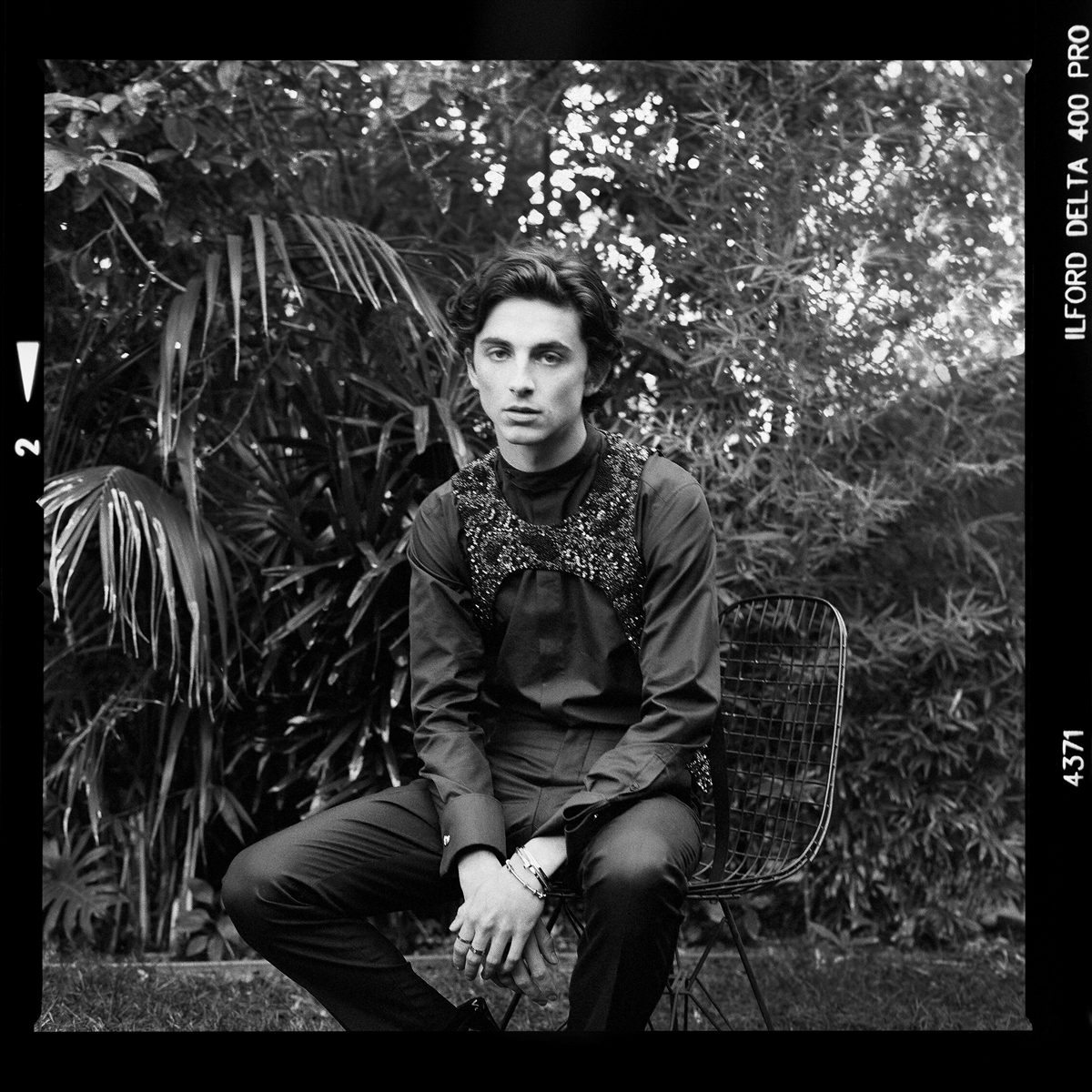
Timothee Chalamet. Commissioned by Cartier for The Golden Globes - Hollywood
About The Author

Julian Ungano
Award-winning filmmaker, photographer, creative director, and visual storyteller, Julian Ungano, is an iconoclast of his generation, challenging the ways in which audiences interact with and experience art. Ungano was most recently the creative director, video and stills creator behind the captivating, internet breaking content out of the World Premiere of DUNE at the Venice Film Festival, including the visually stunning Entertainment Weekly digital covers.
With a cinematic eye for photography, Ungano is artistically seizing the chance to look beyond the traditional nature of editorial by capturing rare, intimate moments for a worldwide audience. His editorial work has been featured in Vogue, Vanity Fair, Harper’s Bazaar, Porter, V Magazine, Esquire, The New York Times, T Style Magazine, CR Fashion Book, and Elle and has captured some of today’s most recognizable talent, including Timothee Chalament, Zendaya, Glenn Close, Lily Collins, Oscar Isaac and more for high end luxury brands — Louis Vuitton, Tom Ford, Saint Laurent, Prada, Celine, Cartier, Ferragamo, Ralph Lauren, SKIMS, Estee Lauder, Stella McCartney, Cadillac, Haider Ackermann and Zimmermann.
His career began at Pratt Institute in Brooklyn, New York, where he studied Media Arts. Additionally, Ungano has written and directed two deeply personal shorts, including the award-winning short, And After All, that chronicles the story of a young woman returning from New York to her old hometown in the aftermath of her mothers death, based on his own experience, and State of the State, which unpacks the opioid crisis in Vermont through the lens of a desperately in love couple.
www – www.julianunganostudio.com
Instagram – @julianunganostudio
Facebook – Julian Ungano
Twitter – @julianunganostudio






